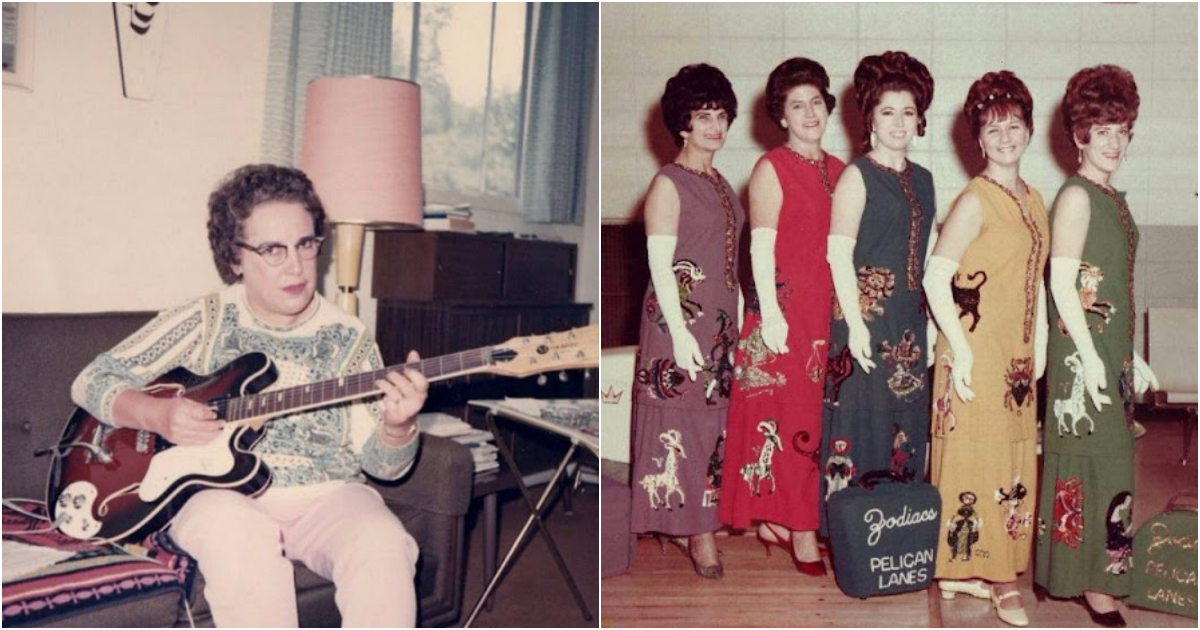
During the fall and winter months of 1934, the Washington Monument was prepped for repairs and cleaning, due to cracking at the base. Scaffolding was built around the 550-foot monument to allow the workers to make the repairs with Public Works Administration funding. The restoration lasted 140 days, during which time the Monument remained open to visitors.
However, on December 28, 1934, someone scaled the scaffolding to remove 107 of the 170 gold-plated, platinum-tipped lightning rod points from the top of the monument. The points were valued at $8 each, which totaled $856 (about $24,000 in today dollars). That’d buy quite a lot of beer during the Great Depression.
Construction on the Washington Monument began in 1848, and by 1854, it had reached a height of 156 feet (48 meters). Political squabbling and a lack of funds then stalled the project, leaving an unfinished landmark as a national embarrassment for the next 22 years. The structure was finally completed on December 6, 1884, when an aluminum tip was placed atop the capstone—the same section that would be examined 50 years later by National Bureau of Standards engineers.
The tubular steel scaffolding for the Washington Monument’s 1934-1935 restoration project was the highest ever constructed up to that time. The erection and dismantling of the scaffolding cost three-and-a-half times more than the cleaning, painting and repair work.
Thanks you for viewing the articles, please like and share to your family !










